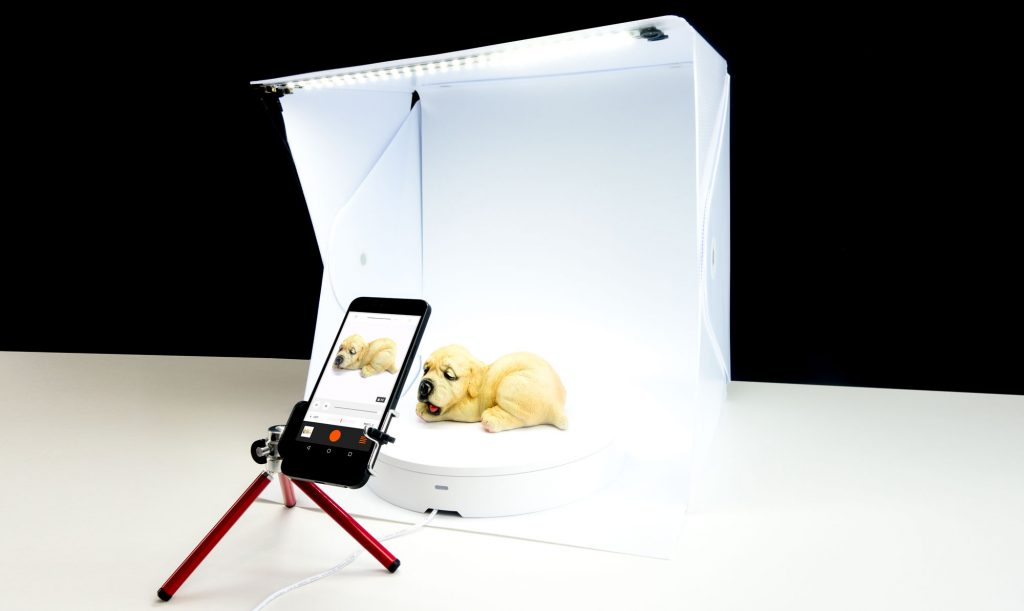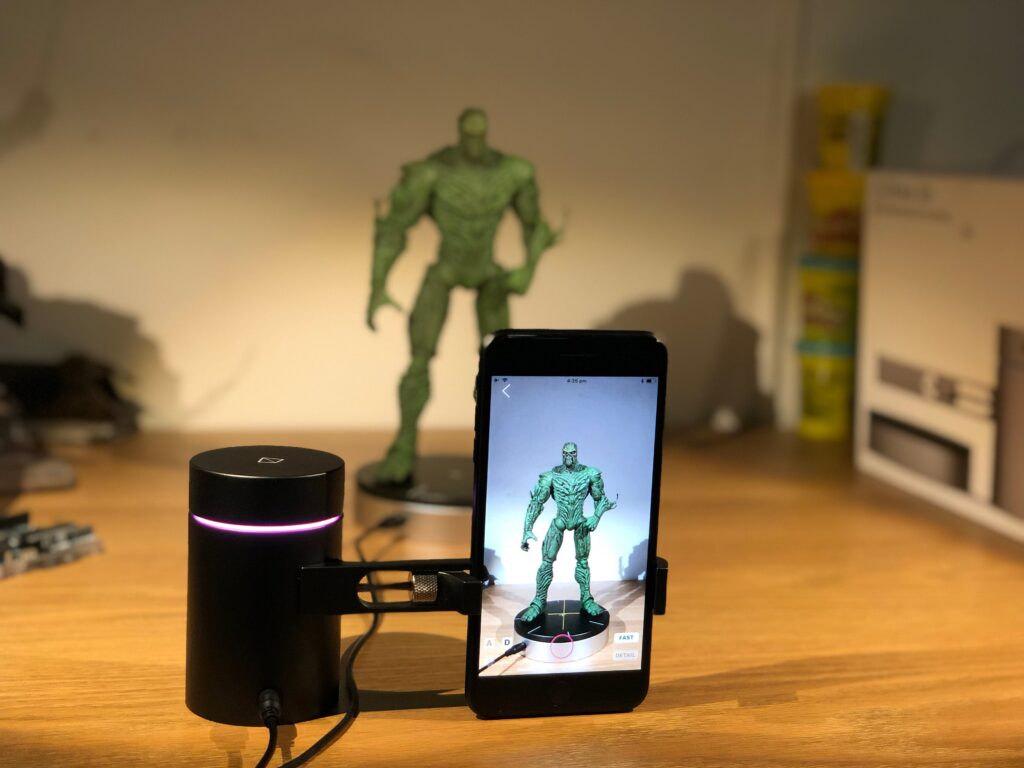Introduction
The revolution of 3D scanning on smartphones has brought forth Everyday 3D Scanning that fits right in your pocket. Previously a technology restricted to professional equipment, modern smartphones now allow users to model their surroundings in three dimensions swiftly. But what makes it indispensable for today’s user? Beyond entertainment, it introduces Practical Uses of 3D Scanning, bridging the realms of designers, artists, engineers, and the everyday curious, into a future vibrant with virtual creation.
Historical Background
The genesis of 3D scanning can be traced back to the 1960s, earmarked for industrial and medical applications. Their extensive sizes and prohibitive costs limited their reach. But with electronic advancements, they morphed into compact, affordable variants, spanning multiple applications. As the new millennium dawned with powerful smartphones, integrating 3D Scanning Applications became inevitable. Today, these pocket devices, armed with superior cameras and software, democratize 3D scanning.
How 3D scanning works on a smartphone
Smartphones perceive their environment via cameras. For 3D scanning, the amalgamation of primary and auxiliary cameras fetches depth data, synergistically analyzing image disparities to ascertain object distances. Integral to this is software, which melds these disparities into a depth map, eventually forming a 3D model. Essential components include stereo cameras, depth sensors, potent processors, and specific algorithms, together painting a detailed 3D smartphone imagery.

Main applications in everyday life
Home decor and design: The transformative power of 3D scanning redefines interior design. Crafting room models and furniture placement previews are now at your fingertips. Such Everyday 3D Scanning tools are invaluable for designers, showcasing real-time proposed alterations to clients.
Personal items: Envision digitally cloning your cherished jewelry or art. 3D scanning materializes this, proving pivotal for insuring valuables or fabricating replicas.
Clothing and fashion: The Practical Uses of 3D Scanning unveil a virtual trial room. This boon for online shoppers also empowers designers to craft personalized accessories.
Education: Be it in classrooms or homes, 3D scanning amplifies education, turning intricate objects into tangible 3D lessons, making learning immersive.
Advantages and limitations of the technology
Advantages: The ubiquity of smartphones ensures the convenience of 3D scanning. Bypassing the heftiness of professional 3D scanners, this democratized, time-efficient solution is a game-changer.
Limitations: Precision is still evolving. Proper illumination is crucial, and certain smartphones might grapple with extensive data processing.

The future of 3D scanning on smartphones
3D scanning on smartphones is just getting started, and the prospects for its development look promising. It is predicted that the accuracy and speed of this technology will increase, making it comparable to expensive professional devices. This will lead to even greater integration of 3D scanning into people’s daily lives.
The number of applications and services based on 3D modeling is expected to grow in the coming years. We might see expanded applications in medicine to create customized prosthetics or even in the food industry to create customizable confectionery. Also, the realization of augmented reality will be enhanced by more accurate 3D models created right on the smartphone.
As technology advances, smartphones will become not just devices for communication, but powerful tools for 3D modeling in various areas of our lives.
Conclusion
3D scanning on smartphones stands at innovation’s precipice, not just as a tech marvel but as a tool reshaping our interaction with the tangible and virtual. Its implications, spanning design to healthcare, are expanding. Its significance in daily life is undeniable. Looking ahead, it is poised to blur the lines between our physical and digital realms even further.
Have experience in writing for big hi-tech magazines. I love new technologies and I always want to be on the cutting edge. That’s why I write about them – to share my experience with other people who are interested in this stuff like me.
